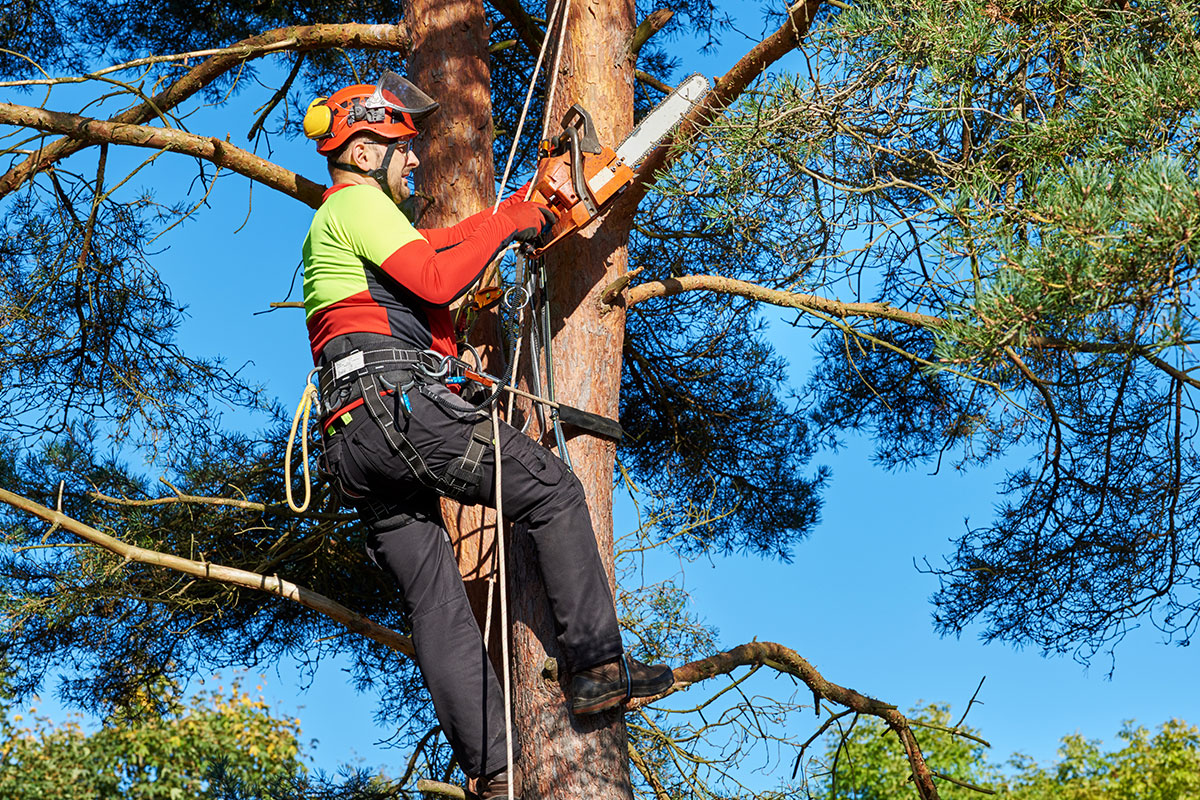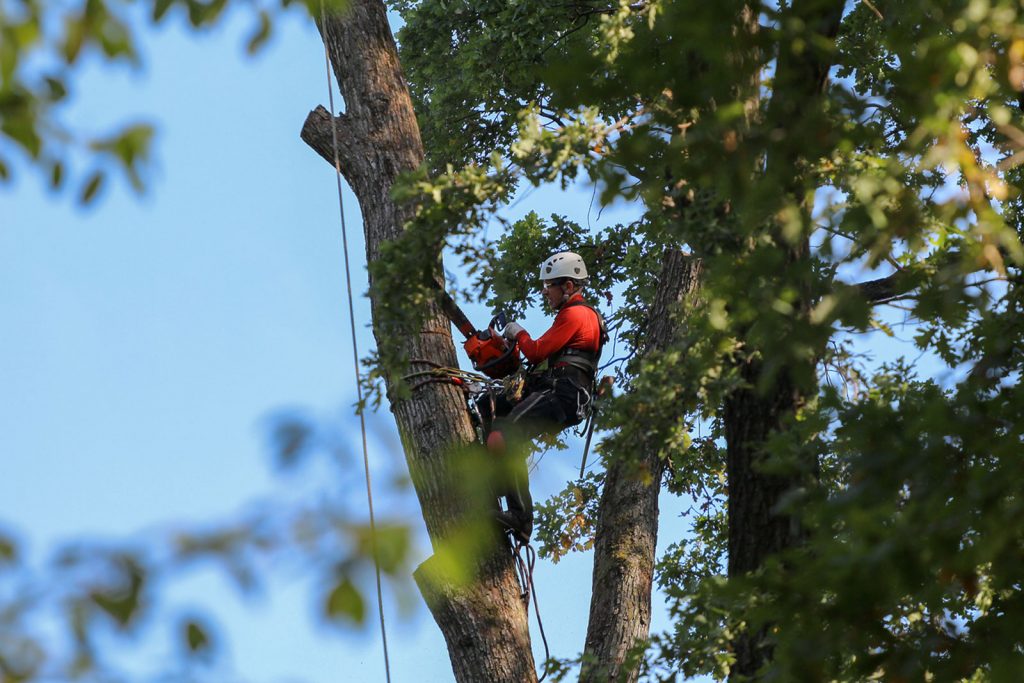
Arborist Consulting Services: Give Your Trees the Attention That They
From the little garden trees to the towering eucalyptuses in our parks – trees offer a variety of benefits for our economy, environment, and health. Many people think that trees don’t need any additional maintenance apart from regular watering, but this is far from the truth. Trees need regular professional care and upkeep for us to fully enjoy their advantages. This is where a tree consultant (or an arborist) can help.
Few people know what an arborist does or how important these professionals are in tree care. Keep reading to find out more about arborists and why your establishment needs them.
Contents
What are the Duties of an Arborist?
Arborists are professionals in the field of arboriculture who study the growth of trees and reactions to environmental factors and cultural practices. A senior arborist creates a detailed Arboricultural Impact Assessment Report that contains crucial information on the tree’s health, safety and risk assessments, analysis of the soil, maintenance schedules, etc. This provides expert guidance on trees and solutions that are both safe and visually appealing.
They take into account the location of the trees, the surrounding region, and how to maximize their health. Additionally, they’re familiar with different tree species and how they respond to various pruning techniques. Arboriculturists always take into account the safety of the trees, houses, property, and people when planning their next steps. They guarantee that any regrowth will be healthy and won’t need much upkeep.
Given that well-maintained trees significantly increase a property’s value, investing in an arboricultural report is an important investment. Pruning or removing huge trees in particular may be risky, but it’s necessary to maintain the health of other trees and greenery.
Many people work in professions that involve trees. However, arborists stick to the advised Australian standards and are educated, qualified, and certified in all facets of tree management and care. They have the skills and experience to carry out all tree work, starting from simple pruning tasks to more complicated ones like installing support systems for big trees.
Pruning in particular is a delicate task that, if done incorrectly, can damage the tree. The wrong cuts can cause disfigurement, increase the chances of disease and insect infestation, and even shorten the life of the tree. Arborists know how to make the right cuts in order to maintain the health and beauty of your trees.
Another crucial aspect of an arborist’s job is diagnosing tree diseases. They can detect problems early on and recommend the best course of action to take, whether that’s treatment or removal. Tree diseases can quickly spread and kill other trees, so it’s important to catch them early.
If you take into account the many benefits trees offer, you’ll see why it’s important to have a professional arborist on staff. They not only make sure that your trees are healthy and safe but also add value to your property.
Arborists vs Tree Loppers

A professional arborist will follow the right procedures and issue a valid arboricultural impact assessment report. On the other hand, untrained tree workers often risk deforming, harming, weakening, or even killing the tree.
Arborists offer suitable solutions, such as trimming trees for health, structural, or aesthetic reasons. This is due to the fact that every wound caused by a cut or loss of a leaf also reduces the tree’s capacity for photosynthesizing.
Tree loppers ‘lop’ trees by cutting off their branches. They often fail to take into account a tree’s location, general health, or potential for regeneration because they don’t have proper training. As a result, they may compromise a tree’s stability and general structure. Similarly, this also might make the tree vulnerable to disease and insect infestation.
Ineffective pruning often results in weak tree limbs that are more prone to breaking. It raises the possibility of the tree falling during storms or harsh winds, putting people inside nearby buildings in danger. If an accident occurs without the necessary insurance, the house or property owner may be held responsible for permitting this kind of service.
Who Do Arborists Work With?
Various individuals, institutions, and businesses hire arboriculturists, including:
-Residents: To step up the look of their urban garden, many residents hire arboriculturalists for hedge trimming, tree removal for unhealthy or damaged trees, and guidance on how to maintain healthy trees in their garden;
-Schools: Arborists enhance the aesthetics and address tree-related safety hazards including hanging branches, falling deadwood, elevated roots and stumps, which have effects on the school building and environment;
-Builders, landscapers, and real estate developers: They use arborist consulting services for landscaping and building projects, as well as evaluations of the health and condition of trees;
-Local councils and governments: These institutions often require guidance on local regulations and directives for the conservation of local vegetation. Occasionally, they might need diagnostic services such as soil analysis, moisture testing, pH testing, danger assessments, disease and decay detection, and tree maintenance schedules.
The Importance of Keeping Your Trees Healthy

It is difficult to envision a world without trees. Trees have advantages that go far beyond aesthetic value and those that are planted now will help future generations in many ways:
-Communal: Trees enhance buildings, reduce noise and improve views. They let kids explore their sense of adventure by climbing and bring people together for activities like bird watching and strolling;
-Environmental: Trees slow down global warming, offer protection from floods and rain, and give homes to animals;
-Health: Trees improve our air quality, reduce pollution, and lower stress;
-Nature: Trees provide food, shelter, and microhabitats to a wide range of insects, birds, fungi, and lichen. Animals like bats, possums, owls, parrots, etc. all find shelter in the hollowed-out trunks of old trees;
-Economic: Trees act as windbreaks so they cut our heating expenses. They also give shade to lower cooling costs for buildings. Additionally, studies suggest that having parks and trees nearby makes employees happier and more productive!


No Comments